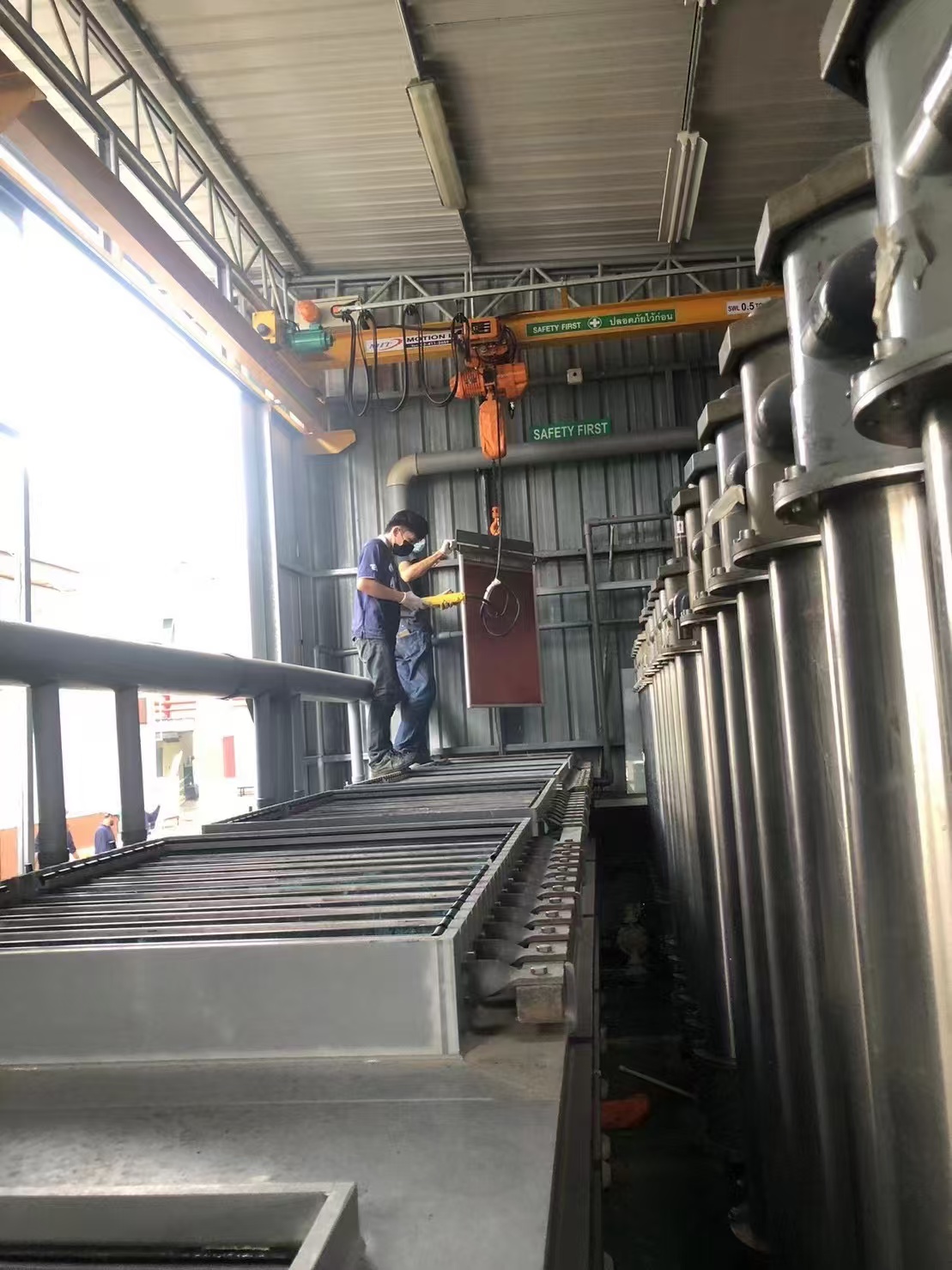NEWS&EVENTS
Home > News&Events > Company news > Performance of antimony ore slurry electrolysis cell in complex ore processing
The antimony slurry electrolysis cell simplifies the mineral processing process by integrating leaching, liquid-solid separation and electrolytic deposition processes. The core is to use the oxidation properties of the electrolytic deposition anode to directly leach the target element (such as antimony) and precipitate the metal at the cathode. For example, when treating high-arsenic antimony-gold concentrate, the hydrochloric acid-ammonium chloride system is used as the electrolytic medium, and sulfur is left in the slag in the form of a single substance, avoiding harmful gas emissions, and achieving both environmental protection and economic benefits.

1. Treatment effect and efficiency
1. High recovery rate and low pollution: In industrial applications, the antimony recovery rate reaches 97%, the gold recovery rate is increased to 99.5%, and the arsenic leaching rate is less than 0.2%, which is significantly better than the traditional pyrometallurgical process (the recovery rate is only 74%-89%).
2. Comprehensive utilization of resources: The slurry electrolysis method can simultaneously recover valuable metals such as lead and silver. For example, when treating complex antimony-lead ore, the lead recovery rate reaches 95% and the silver recovery rate exceeds 80%.
3. Energy consumption and cost optimization: The processing cost per ton of antimony is the same as that of the traditional pyrometallurgical process, but the power consumption (such as 3350 kWh/t-Sb) and acid consumption (206 kg/t-Sb) are further reduced through process optimization.
2. Technical bottlenecks and challenges
1. Conflict between pole distance and current efficiency: Too small pole distance can easily cause anode mud to be mixed in cathode antimony, affecting product quality; too large pole distance increases resistance and reduces current efficiency (such as 99.02% current efficiency when the pole distance is 3cm, but the difficulty of operation needs to be balanced).
2. Equipment corrosion and material selection: Chloride ions in the electrolyte and high temperature environment have high requirements for corrosion resistance of electrode materials, and high catalytic active materials such as IrO₂ and Pt coatings need to be used.
3. Slurry concentration and fluidity control: Slurry flow (such as 1.6 m³/h) and solid content need to be precisely controlled to avoid blockage or insufficient reaction.
Antimony ore slurry electrolysis cells have shown advantages in high recovery rate, low pollution and comprehensive resource utilization in the treatment of complex ores, and are particularly suitable for high-arsenic and multi-metallic symbiotic ores. Through material innovation, structural optimization and process intelligence, this technology is expected to further improve treatment efficiency and environmental performance, becoming an important direction for green metallurgy of complex ores.